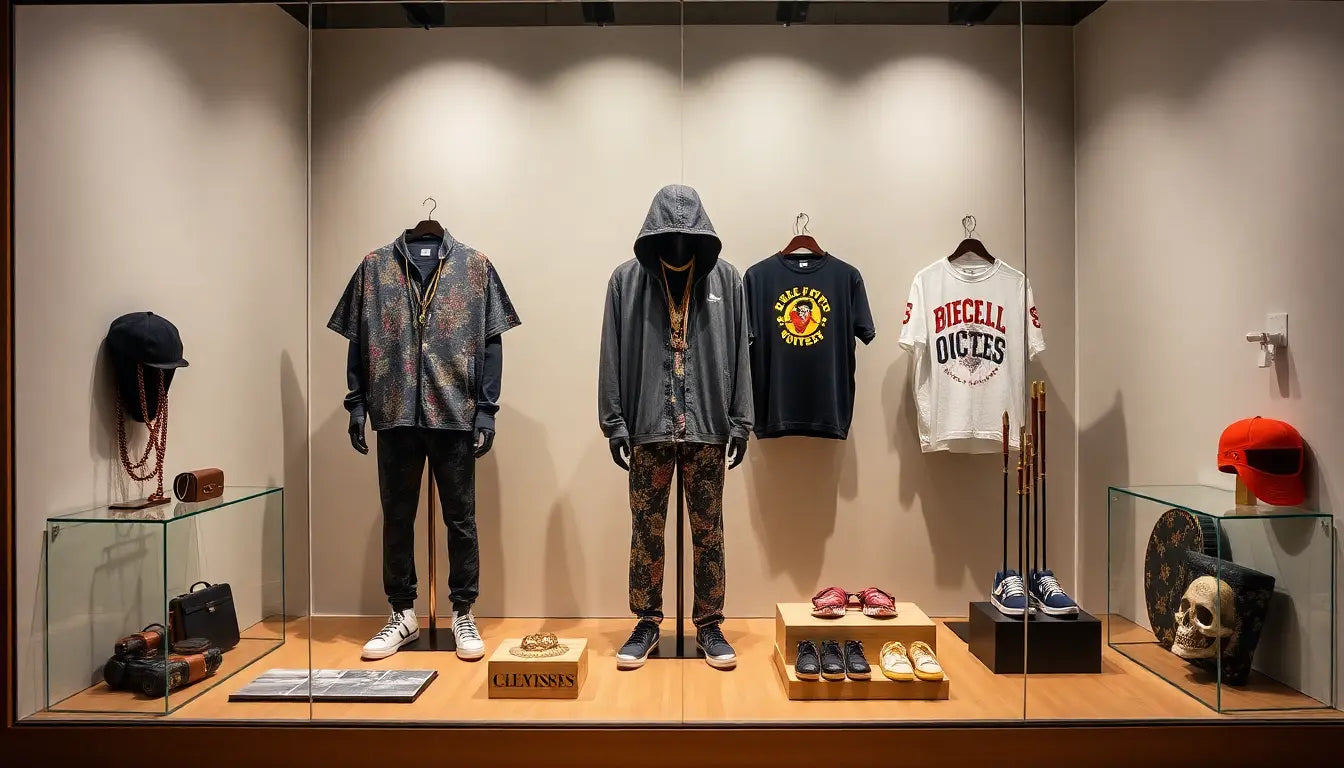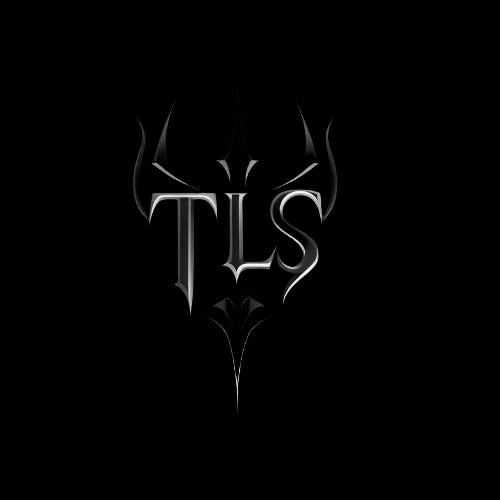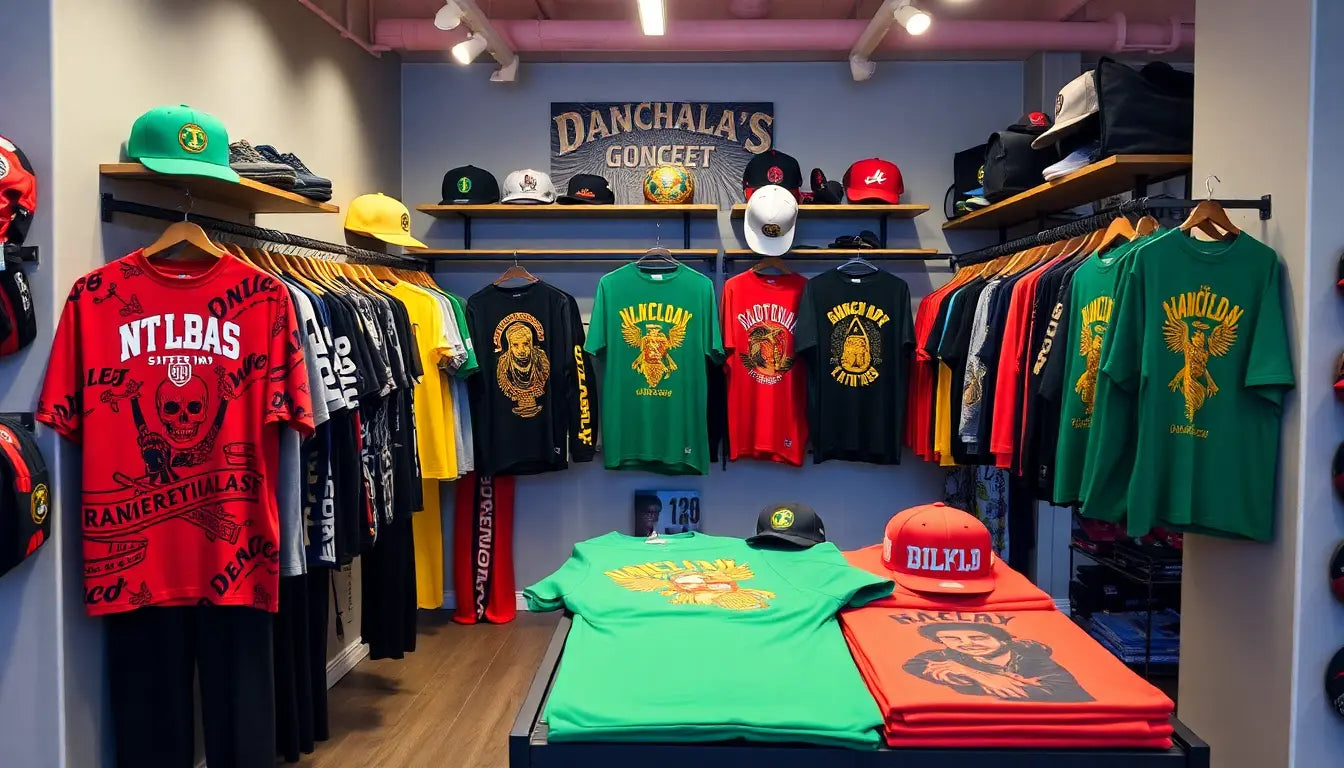
Priced for Hype: How Strategic Pricing Turned Tommy Lee Sparta’s Merch Drops into High-Demand Dancehall Streetwear
Introduction
In the intersection of music, culture, and fashion, pricing isn't just math—it's storytelling. Tommy Lee Sparta's merch drops demonstrate how an artist can use pricing strategy to amplify cultural capital, mobilize fan communities, and position everyday apparel as collectible dancehall streetwear. This long-form guide unpacks the tactics behind those drops, explains why they work psychologically and commercially, and gives a practical roadmap artists, managers, and independent streetwear labels can use to replicate the success.
Context: Dancehall Culture and the Rise of Artist-Led Streetwear
Dancehall has long produced potent visual signifiers—jerseys, hoodies, caps, and graphics that carry lineage, attitude, and neighborhood reputation. Over the last decade, artist-led streetwear moved from simple tour tees to deliberate lifestyle brands. Tommy Lee Sparta's merch strategy sits at this evolution: a blend of musical identity, local creative networks, and premium positioning that resonates both on the island and with global niche audiences.
Pricing as a Cultural Signal
Price communicates beyond cost. In fashion and collectibles, the price tag signals scarcity, credibility, and social status. Economists call some high-priced goods 'Veblen goods', where demand increases as price rises because higher price itself adds desirability. For artist merch, the same psychology applies: higher price paired with visible scarcity can lift perceived cultural value.
Core Pricing Strategies That Drove Hype
- Scarcity and Limited Editions: Small-run releases—numbered or explicitly limited—create urgency and a fear of missing out that accelerates purchases ahead of social proof.
- Tiered Pricing Model: Offering entry-level basics, mid-range everyday wear, and small-run premium pieces allows a wide audience to participate while keeping collectible status intact.
- Anchor Pricing: Introducing an intentionally high-priced flagship item makes the mid-tier pieces appear more affordable, shifting consumer behavior toward the perceived 'best value' option.
- Collaborations: Co-branding with respected designers or regional creatives allows higher margins because of combined reputation and perceived quality.
- Time-based Pricing: Early-bird pricing, tiered pre-order windows, and price increases after a set date reward committed fans and provide revenue up-front.
- Bundle Pricing: Bundles that pair merch with music, tickets, or limited experiences increase average order values and deepen emotional ties to the purchase.
Operational Mechanics: Turning Pricing Plans into Reality
Good pricing strategy must be operationally feasible. The following operational considerations are critical to support premium pricing and manage risk.
- Inventory Planning: Work backwards from demand signals—mailing list size, past conversion rates, and social engagement—to set run sizes. Start small for premium drops.
- Costing and Margins: Know your true landed cost (production + shipping + duties + packaging). Premium pricing should justify both higher margins and higher perceived value.
- Fulfillment Guarantees: Fast, transparent fulfillment reduces buyer remorse and supports premium pricing. Offer clear timelines for pre-orders and limited editions.
- Quality Control: Higher price demands higher perceived quality—fabric, print, tags, and packaging must align with the price point.
- Returns and Authenticity: Clear return policies and authenticity proofs (numbered tags, certificates, NFT links) reduce buyer uncertainty on high-ticket items.
Marketing Amplifiers That Reinforce Price Perception
Pricing alone won't create hype. The way a drop is marketed must validate the price through curation, storytelling, and perceived exclusivity.
- Teasing and Narrative: Use behind-the-scenes content, music tie-ins, and artist commentary to frame drops as cultural moments—not just retail events.
- Influencer & Crew Seeding: Early deliveries to tastemakers and street-level figures create organic imagery and legitimize premium tags.
- Event-Based Releases: Pop-ups, listening parties, and limited in-person releases drive earned media and social proof that justify price tags.
- Community-First Access: Give core fans and mailing list members first access. This increases perceived fairness and maintains long-term loyalty.
- UGC and Social Proof: Promote user-generated content from buyers. A visible community wearing the merch signals value and social belonging.
Technical Protections for Fair Access and Brand Trust
High-demand drops attract bots and scalpers. Implement fair-access mechanisms to defend fans and protect brand reputation.
- Verified fan queues or raffles for limited items
- CAPTCHAs and rate-limiting on checkout
- Single-item limits per customer for high-demand pieces
- Partnerships with resale platforms for authenticated secondary sales
Measuring Success: Metrics That Matter
To evaluate whether pricing strategy is working, track both direct commerce metrics and cultural signals.
- Sell-through rate (percentage of inventory sold within a target window)
- Sell-out time (hours or minutes to sell out)
- Average order value (AOV) by buyer cohort
- Conversion rate from email and social traffic
- Secondary market prices and resale velocity (where visible)
- Social engagement lift, hashtag usage, and earned media mentions
- Customer sentiment: reviews, DMs, and return rates
Hypothetical Drop Case Study (Step-by-Step)
Below is a sample timeline for a premium drop designed to create hype while protecting fan access. Numbers are illustrative.
-
Preparation (6–8 weeks)
- Design 3 SKUs: basic tee (500 units), mid-tier hoodie (300 units), premium limited jacket (50 units).
- Calculate landed cost: tee $8, hoodie $20, jacket $75. Add packaging and fulfillment to set retail: tee $45, hoodie $120, jacket $650.
- Produce 100% of jackets, 50% pre-order for hoodies, and 30% pre-order for tees.
-
Week -2 to -1: Tease
- Release short films and stills tying apparel to a new single; announce drop date and limited quantities.
- Start raffle signups for premium jacket access for verified fans.
-
Drop Week
- Day 1: Raffle winners get first access. Jackets sell out in minutes; headlines and social proof emerge.
- Day 2: Mid-tier hoodies launch to mailing list and influencers. Public sale opens at Day 3.
- Day 4–7: Basic tees become available in small batches. Use restock windows to sustain conversation.
-
Post-Drop (4 weeks)
- Amplify UGC, highlight resale pieces, and share fan stories. Analyze sell-through, AOV, and social lift.
- Decide restock policy: reserve a small number for future anniversary drops to maintain long-term scarcity.
SEO Strategy: How to Rank This Story and Future Drops
For merch and cultural topics, SEO depends on clear signals: optimized on-page content, structured data for product drops, and strong backlinking from music and fashion outlets.
- Primary keywords: Tommy Lee Sparta merch, dancehall streetwear, merch drops, limited edition merch
- Long-tail keywords: how to price artist merch, limited edition streetwear strategy, dancehall fashion drops 2025
- Meta description: Use a concise, click-driving description such as 'Explore how strategic pricing, scarcity, and storytelling turned Tommy Lee Sparta's merch into high-demand dancehall streetwear—and learn a step-by-step playbook to replicate it.'
- On-page structure: Use H1 for title on page, H2s for sections (already structured), and schema/product markup on drop pages to surface availability and price in search results.
- Content marketing: Secure placements on music blogs, streetwear sites, and Caribbean culture outlets. Use interviews, lookbooks, and behind-the-scenes video to earn links.
Legal and Ethical Considerations
- Consumer fairness: Avoid misleading scarcity claims. If a run is limited, communicate run size transparently to retain trust.
- Intellectual property: Ensure artwork and collaborations have clear licensing and usage terms to avoid disputes.
- Resale and scalping: Consider buyback or verified resale programs to capture value in secondary markets and keep fans included.
- Sustainability: Premium price can be partially justified by sustainable materials or ethical manufacturing—an increasingly important factor for global buyers.
Advanced Tactics: Data-Driven Pricing and Personalization
As brands scale, pricing can become dynamic and personalized without alienating fans—if done transparently.
- Dynamic pre-order caps: Use email engagement rates to increase or decrease run sizes before finalizing production.
- Segmentation-based offers: Offer different early-bird windows to superfans vs general mailing list, keeping public drops scarce.
- Localized pricing: Adjust pricing by region to account for purchasing power and import duties while keeping perceived parity.
- Test-and-learn A/B pricing: For non-limited items, test price elasticity across cohorts to find optimal points.
Repeatability: Building a Sustainable Drop Calendar
One-off hype is powerful; repeatable hype is a system. Build a calendar that mixes limited premium drops with accessible staples to keep cash flow and brand momentum balanced.
- Quarterly premium drop with heavy storytelling
- Monthly capsule pieces for broader audiences
- Annual collab or anniversary edition to reward collectors
Practical Playbook: 12-Point Checklist
- Define brand positioning and audience segments
- Decide tiered SKUs and run sizes
- Calculate landed costs and set target margins
- Develop storytelling assets tied to music and culture
- Set up fair access mechanics (raffles/queues)
- Plan influencer and crew seeding
- Schedule teaser and drop timeline
- Prepare fulfillment and returns logistics
- Deploy product page with schema and SEO copy
- Monitor real-time metrics during the drop
- Amplify UGC and earned media post-drop
- Review results and set restock/next-drop policy
FAQ
-
Q: Will high prices upset loyal fans?
A: They can if pricing is opaque or perpetual. Balance premium drops with accessible merch and fan rewards to maintain goodwill.
-
Q: Should you restock items that sell out?
A: Only if restocking supports brand strategy. Restocks can relieve demand but also dilute perceived scarcity. Consider small anniversary restocks or slightly altered reissues.
-
Q: Is resale a problem?
A: Resale validates demand but can alienate fans. Counterbalance with verified resale, limited allocations per fan, and community-first access to keep original buyers included.
Conclusion
Tommy Lee Sparta's merch success illustrates a pivotal lesson: price is not just a revenue lever—it's a branding device. When pricing is aligned with scarcity, storytelling, operational excellence, and community fairness, merch becomes cultural currency. For artists and streetwear makers, the pathway to high-demand drops is deliberate: know your audience, design thoughtful tiers, protect fan access, and tell a compelling story. Do this repeatedly, and pricing transforms from a number to a reputation engine for your brand.
Further Resources
- Template: Drop timeline and inventory planner
- Checklist: Packaging and authenticity features for premium merch
- Guide: Implementing fair access raffles and anti-bot protections



